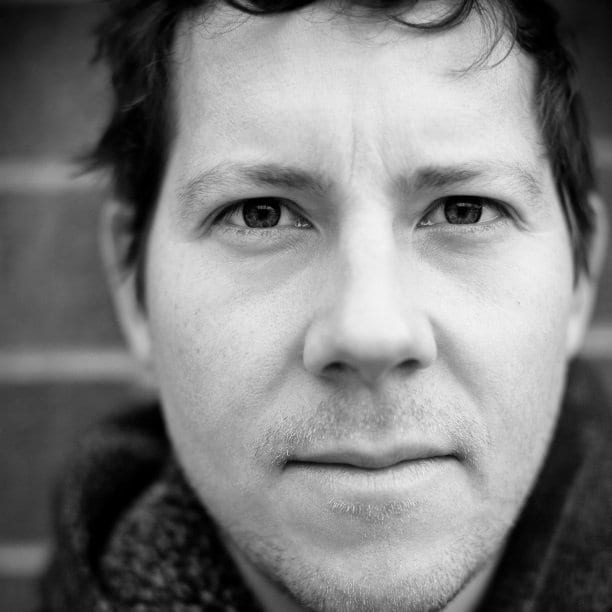link to full poem https://allpoetry.com/Hawk-Roosting
In the poem “Hawk Roosting” by Ted Hughes, Hughes uses several different poetic techniques to express the Hawk’s sense of self and dominance which it exerts over its environment.
By using a first point of view for the hawk in the poem, Ted Hughes is able to show the thoughts of the hawk as it roosts high above its environment. This allows the reader to see into the mind of the hawk which is most evident in the first line of the poem “I sit in the top of the wood, my eyes closed”. This quote shows that the hawk isn’t worried about predators because it has none, it can simply stay above everything and watch down upon its surroundings. One of the lines that stood out the most to me was the line “I kill where I please because it is all mine”. This shows the reader the hawk’s thoughts about their environment, particularly that the hawk sees the environment as theirs to conquer and theirs alone. The hawk also shows a level of grandiosity and narcissism as shown in the line “Now I hold Creation in my foot”. This is the bird equivalent of saying I hold the world in my hand. The idea of God holding the world in his hand is something mentioned several times in the bible, notably psalms 65, and sung at many of the bible studies I’ve been a part of as a kid. This in effect compares the hawk to God in the mind of the hawk, showing his grandiosity and extreme sense of self.
Another poetic technique used in the poem is enjambment as used between the words foot and or in the line “Now I hold Creation in my foot- Or fly up, and revolve it all slowly”. This helps to demonstrate the hawk’s effortless flight. The idea that the hawk could hold the world in its hands or just simply fly and the world it sees as belonging to it shows us where the hawk believes it is in the world. The enjambment also functions to create a sense of movement and energy just like the hawk moving through the air as it flies away.
Similarly to how the enjambment creates a sense of movement, the use of alliteration throughout the poem contributes to the flow and energy of the poem. The repetition of the h sound through the line “Between my hooked head and hooked feet” helps to emphasize the shape of the hawks head and feet. The beaks of hawks are hooked allowing them to tear through the flesh of their prey more easily and the hooked shape of their talon allows them to more easily snatch and hold onto their prey. These adaptations are designed to help the hawk kill, by using alteration it draws attention to the fact the hawk is designed to kill the things in its environment. Another example of alliteration in the poem occurs with the repetition of the t sound in the line “The allotment of death”. This alliteration helps to emphasize the finality of the fate of the hawk’s prey. When prey is captured by the hawk, the hawk acts as judge, jury, and executioner. The choice to use the word allotment not only provides the stressed t sound that creates the alliteration, but also implies that it is the hawk that dishes at death at its own discretion. The prey have no choice in their fate. This connects back to the power the hawk exerts over its environment and the sense of its place in the hierarchy as the top predator.


